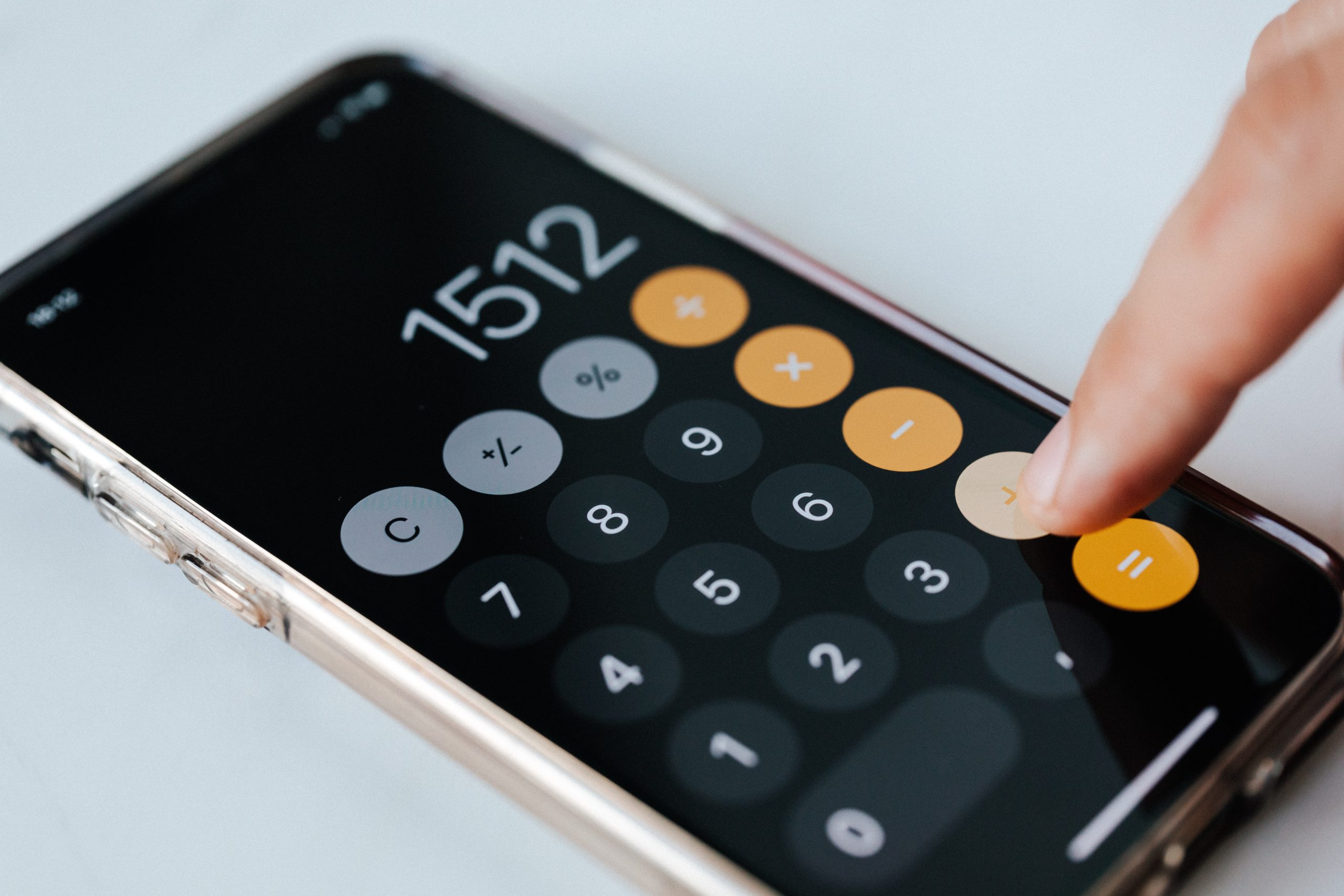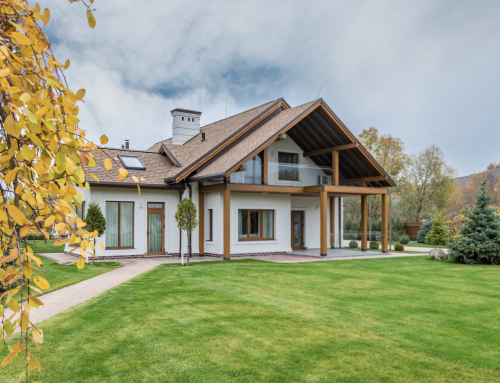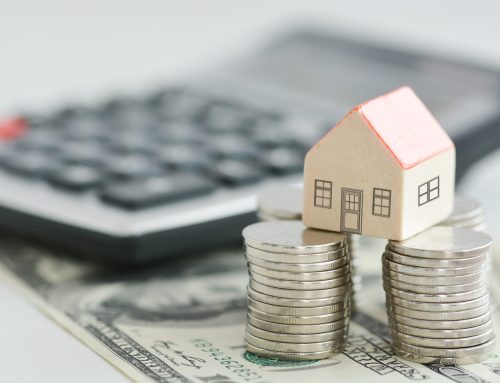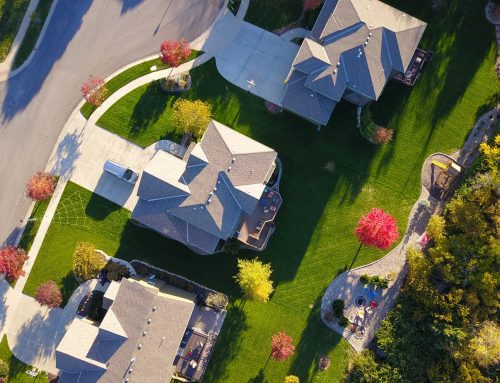What is Cap Rate and how do I calculate it?
Cap Rate is short for Capitalization Rate, which is a way to measure and compare different real estate investments. It’s the rate of return that is expected to be generated on a property. You can calculate Cap Rate by dividing net operating income by current market value and is written as a percentage.
Cap Rate = Net Operating Income/Current Market Value
What is a Cash Investment?
Cash can include money in bank accounts, savings accounts, and term deposits. A cash investment is typically less than 90 days, which is considered a short-term obligation. This provides a stable, low-risk income in the form of regular interest payments.
What is Cash-on-Cash Return and how do I calculate it?
Cash-on-cash return determines the cash income earned on the cash invested. This is an annual figure and is calculated by first calculating the annual pre-tax cash flow, then dividing annual pre-tax flow by total cash invested.
Annual Pre-Tax Cash Flow = (Gross Scheduled rent + other income) – (vacancy + operating expenses + annual mortgage payments
COC Return = Annual Pre-Tax Cash Flow/Total Cash Invested
What out-of-pocket costs should I factor in when buying an investment property?
It’s important to factor in out-of-pocket costs when evaluating properties because these costs will factor in your rate of return. The main out-of-pocket costs are as follows:
- Downpayment – A part of the price of the investment property that you pay upfront to the lender.
- Closing Costs – Costs that are paid on the investment property, like inspections, attorney fees, appraisals, taxes, insurance, and more. The downpayment is not included in closing costs. A good rule of thumb is to expect closing costs to cost between 2 to 5% of the purchase price.
- Rehab Costs – These are costs that you put into making the property a higher value.
What does ARV stand for in real estate?
ARV means After Repair(or Renovation) Value. It demonstrates what a property is worth after renovations and repairs.
What are the costs that are included in operating expenses?
When owning an investment property, there are going to be some operating costs, especially if you are renting it out. Some costs to factor into your operating expenses are:
- Property Taxes
- Insurance
- Home Owner Association (HOA)
- Maintenance Costs
- Vacancy
- Property Management Fee
How can I calculate appreciation on property investment?
Appreciation is the difference between the value of an investment in the past versus its current or future value. It’s easy to use past and present values, but if you want to find future appreciation you will have to do some more research. Looking up current appreciation rates in the area and calculating the average annual appreciation of the property will help you get a good estimation of the future value for the property.
Appreciation(change in value) in dollars = final value – initial value
Appreciation percentage = (change in value/initial investment) X 100
It’s good to note that appreciation depends on many factors such as inflation, property improvements, location, and more.






